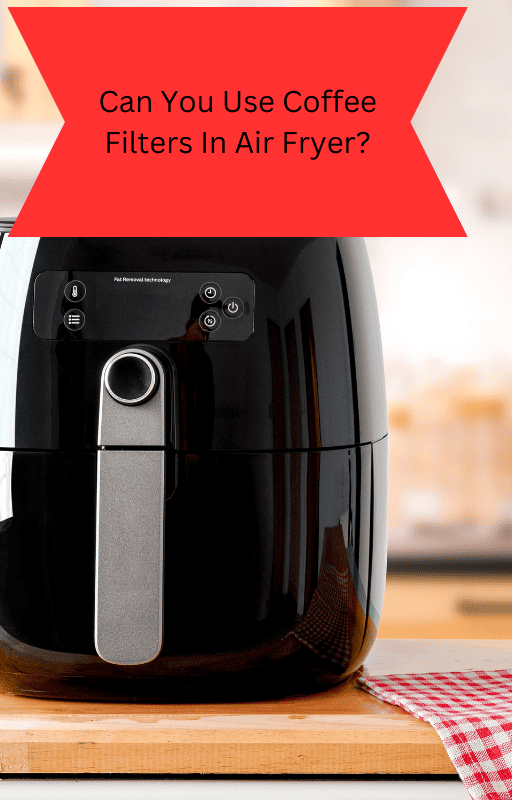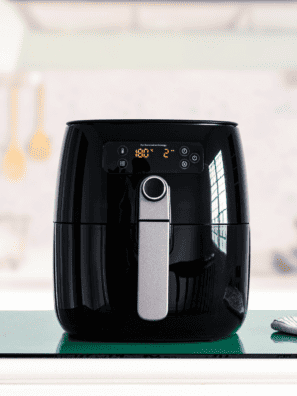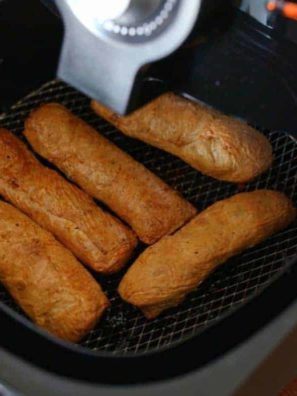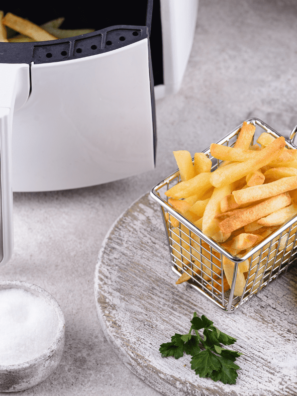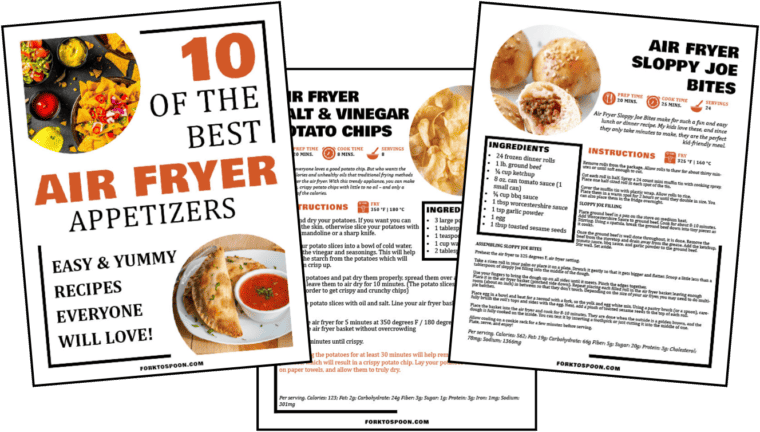Can You Use Coffee Filters In Air Fryer? Are you an at-home chef who has been wondering if you can use coffee filters in an air fryer?
If so, you’ve come to the right place!

With air fryers becoming increasingly popular among home cooks, let’s dive into the details and find out if using a coffee filter is a viable option…or not.
Below, we’ll explore all there is to know about making meals with an air fryer—from what kind of food you can cook to how your cooking technique may benefit or be hindered by adding a coffee filter. Plus, tips for cleaning up after every delicious meal are also included. So read on to learn why some people might suggest using a coffee filter while others warn against it – and make sure that your next meal turns out just how you planned for changes that ultimately lead to success!
What Are Coffee Filters
Coffee filters are disposable, usually paper-based, filters that are commonly used in the process of making coffee. They are placed in a coffee maker or a drip-brew system to separate the grounds from the brewed coffee. Coffee filters come in various shapes and sizes, and they serve the purpose of straining out the fine coffee grounds, ensuring that the brewed coffee is smooth and free from sediment.
Coffee filters are typically made from a special type of paper that is porous enough to allow water to flow while retaining the coffee grounds. They are placed in the designated compartment of a coffee maker, and hot water is poured over the coffee grounds. As the water passes through the grounds, it drips into the coffee pot, leaving the grounds behind in the filter.
In addition to their primary use in coffee-making, coffee filters have also been repurposed for various other tasks, such as crafting, cleaning, and even cooking (although their use in cooking should be limited to suitable applications). It’s important to note that coffee filters used for cooking should be free from any residues, chemicals, or additives that might be present in filters designed for coffee brewing.
What Are Coffee Filters Made Of?
Coffee filters are typically made from special types of paper designed to be porous and strong enough to effectively filter out coffee grounds while allowing water to pass through. The exact composition of coffee filter paper can vary among manufacturers, but it generally consists of a combination of natural fibers.
The primary materials used in making coffee filter paper include:
- Wood Pulp: Most coffee filters are primarily made from wood pulp, which is processed and refined to create the paper. The wood pulp is typically sourced from softwood trees, such as pine or spruce.
- Cellulose: Cellulose is a natural polymer found in plant cell walls. It contributes to the paper’s strength and helps create the porous structure that allows water flow.
- Binders: Some coffee filter papers may include small binders or additives to enhance strength, filtration properties, or overall quality.
Coffee filter paper is designed to be biodegradable and safe for contact with food, especially considering its intended use in brewing coffee. However, it’s important to note that not all coffee filters are identical, and different brands or types might vary in materials and manufacturing processes. If you’re using coffee filter paper for purposes other than brewing coffee, be sure to consider its intended use and any potential additives that might be present.
Should You Use Coffee Filters In an Air Fryer?
Using coffee filters in an air fryer is generally not recommended. Coffee filters are designed for filtering coffee grounds and are not intended for high-heat cooking or air frying. Here’s why using coffee filters in an air fryer might not be a good idea:
- Heat Resistance: Coffee filters are not designed to withstand high temperatures typically reached in air fryers. Using them at such high heat may cause them to burn or produce smoke, which can be a safety hazard.
- Air Circulation: Air fryers rely on proper air circulation to cook food evenly and achieve the desired texture. Placing coffee filters in the air fryer may obstruct the airflow, affecting the cooking process and potentially resulting in unevenly cooked food.
- Material Compatibility: Coffee filters are made from paper material, which can easily catch fire when exposed to direct heat. This poses a significant risk to both your air fryer and your kitchen.
- Food Safety: Cooking with coffee filters may introduce chemicals or residues from the filter material into your food, compromising its safety and flavor.
Instead of using coffee filters, it’s recommended to use appropriate accessories and cookware designed for air frying. Many air fryers come with baskets or trays that are safe for use at high temperatures.
If you need to line the air fryer basket for easier cleanup, consider using parchment paper or silicone liners specifically designed to withstand the heat of an air fryer. Always follow the manufacturer’s recommendations and safety guidelines in your air fryer’s manual.
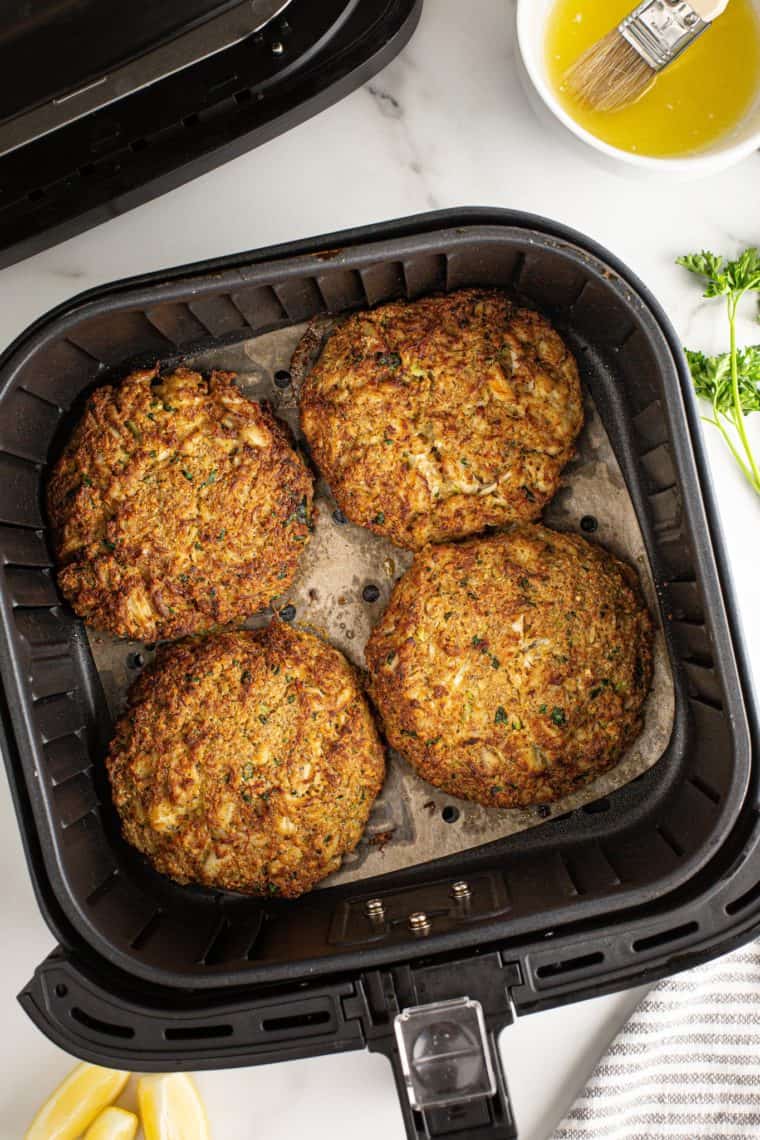
Alternatives To Coffee Filters To Use In Air Fryer
When looking for alternatives to coffee filters for use in an air fryer, it’s important to consider materials safe at high temperatures that won’t negatively impact the cooking process. Here are a few alternatives you can use for lining the air fryer basket:
- Parchment Paper: Parchment paper is a popular and safe option for lining the air fryer basket. It can withstand the heat of the air fryer and helps prevent food from sticking. Make sure to cut the parchment paper to fit the size of your air fryer basket.
- Silicone Baking Mat: Silicone baking mats are heat-resistant and reusable. They can be placed at the bottom of the air fryer basket to prevent food from sticking and promote even cooking.
- Perforated Parchment Sheets: Some companies make parchment sheets with perforations specifically designed for air fryers. These allow air to circulate more freely, resulting in crispier food.
- Aluminum Foil: While not ideal for all air frying applications, aluminum foil can create a makeshift basket or wrap foods that might release a lot of moisture. However, avoid covering the entire basket with foil, which can hinder air circulation.
- Greasing the Basket: Depending on the food you’re cooking, you might not need any lining. Simply lightly greasing the air fryer basket with oil can prevent sticking to certain foods.
- Vegetable Steamer Basket: If you’re cooking small items that might fall through the basket grates, using a vegetable steamer basket can help keep them contained while allowing proper air circulation.
Always ensure that any alternative you choose is safe for high temperatures and won’t release harmful chemicals when heated. Additionally, read your air fryer’s manual and follow its recommendations for safe cooking practices and suitable materials.
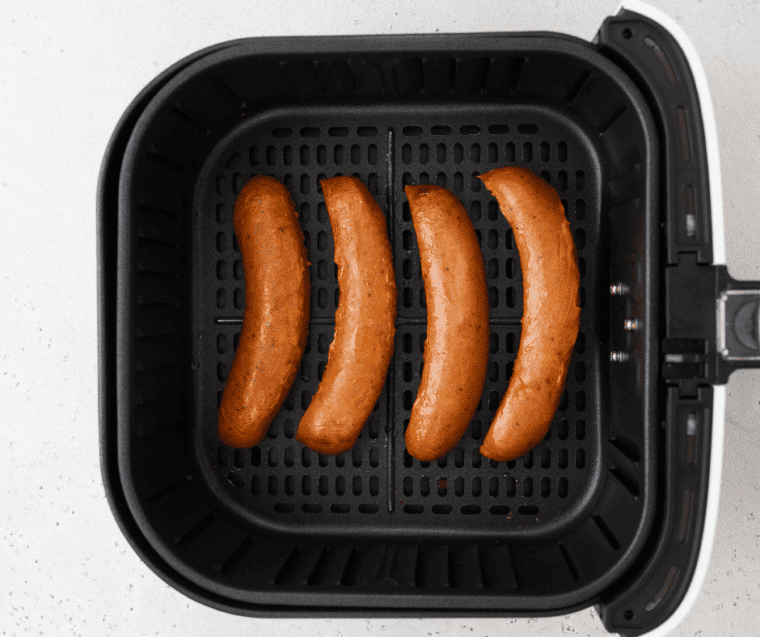
In conclusion, avoiding using coffee filters in an air fryer is advisable. While coffee filters are designed for filtering coffee grounds and are safe for use with hot water during coffee brewing, they are unsuitable for an air fryer’s high temperatures and cooking conditions.
Coffee filters are made from paper that may not withstand the heat, and using them in an air fryer can lead to burning, smoke production, and potential safety hazards. Instead, opt for safe alternatives like parchment paper, silicone baking mats, or greasing the air fryer basket with a small amount of oil. These alternatives are specifically designed for high-heat cooking and will help you achieve the best results in your air frying endeavors. Always prioritize safety and follow the manufacturer’s recommendations for using your air fryer effectively.
More Air Fryer Recipes
- Air Fryer Homemade Garlic Bread (The Best Air Fryer Garlic Bread Recipe)
- Ninja Foodi Whole Chicken Recipe
- Air Fryer Homemade Bread Recipe
- Air Fryer Garlic Toast
Don’t Forget To Pin:
